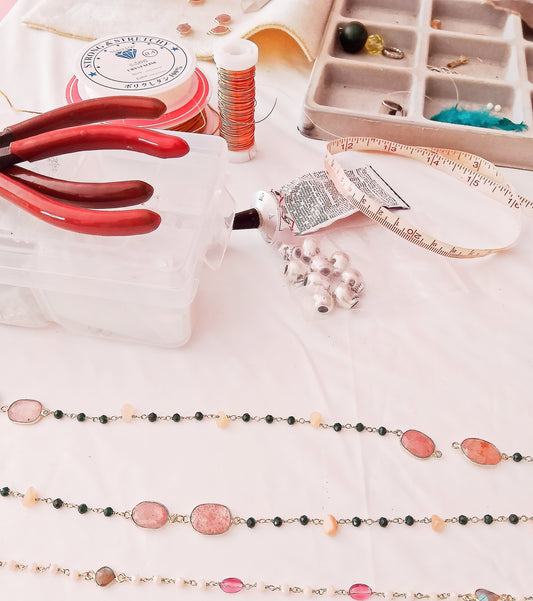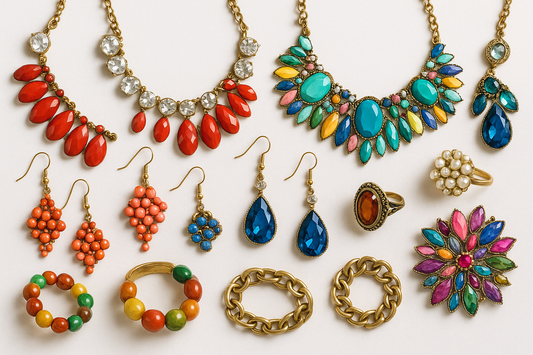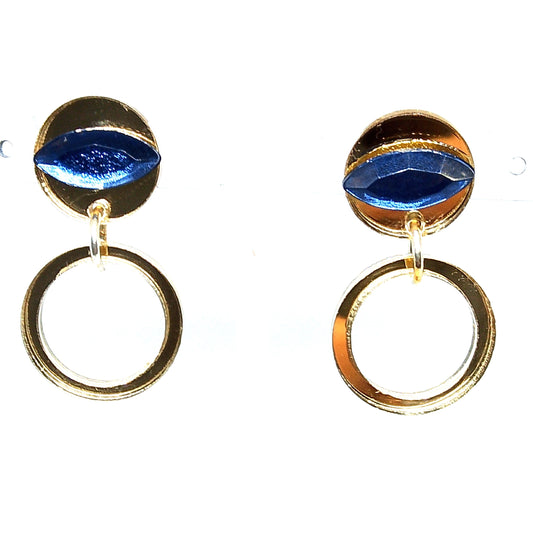
The headbands
SHARE WITH MY CONTACTS

The origin of headbands
The diadem comes from the Greek word for 'band' or 'fillet', which means 'to tie round' or simply 'to tie'. Many Greek women, and later Roman women, wore their hair crowned by a ribbon tied tightly around their heads. It is sometimes called a tiara, although this is a head ornament considered a badge of royal authority. The genuine diadem is in the form of a ribbon, plain or ornate, the ends of which are strung or tied behind the head.
The simple gold or silver diadem has been known since the end of the Neolithic period and was used with different variations by the Phoenicians, Mycenaeans and Celtiberians.
In Mesopotamia, women adorned their hair with one or more headbands with leaf-shaped or ring-shaped beads, or decorated with inlaid stone flowers. Men held their hair in place with a headband with rows of beads.
The Greeks awarded prizes to winners in public games, and the Romans rewarded them with diadems; however, the classical Greeks used diadems only made from olive branches or laurel branches to crown their champions. Julius Caesar apparently began to use a crown, but one made from gold leaves imitating laurel leaves instead of real laurel leaves. According to some, Julius Caesar's laurel diadem was used by him to hide his baldness. Thus, the " Caesars " or Roman emperors wore triumphal or radiant crowns, except after Constantine I and in the medieval Byzantine Empire.
Text taken from Wikipedia
Eva Martinez
Evam Joies headbands
If you want to see all the hair accessories, click on the following link:


